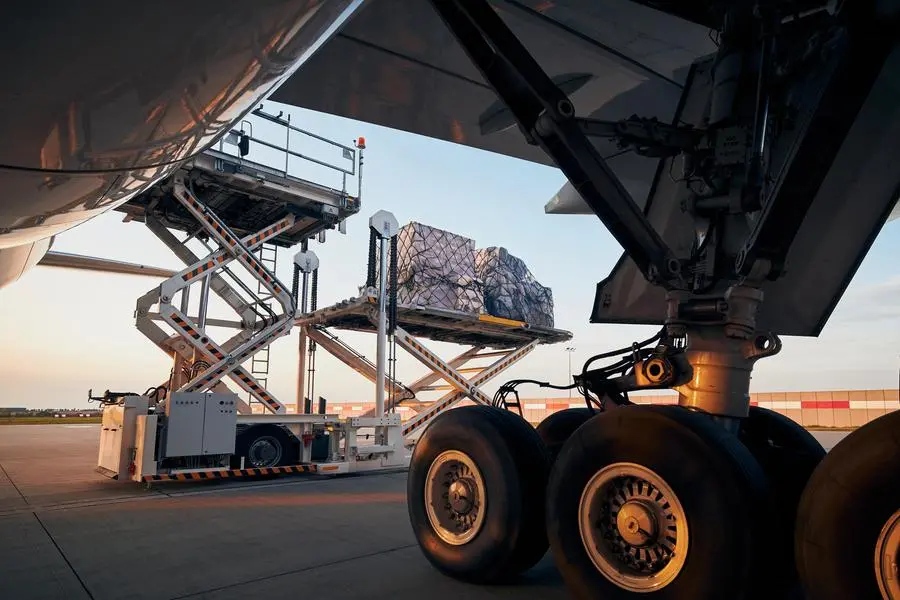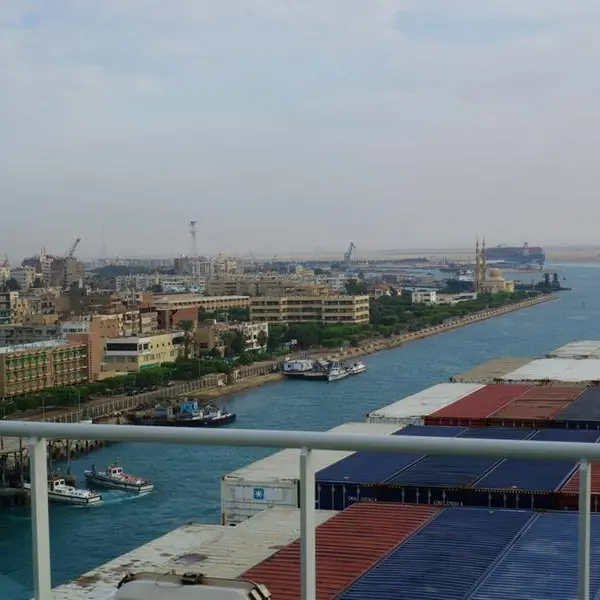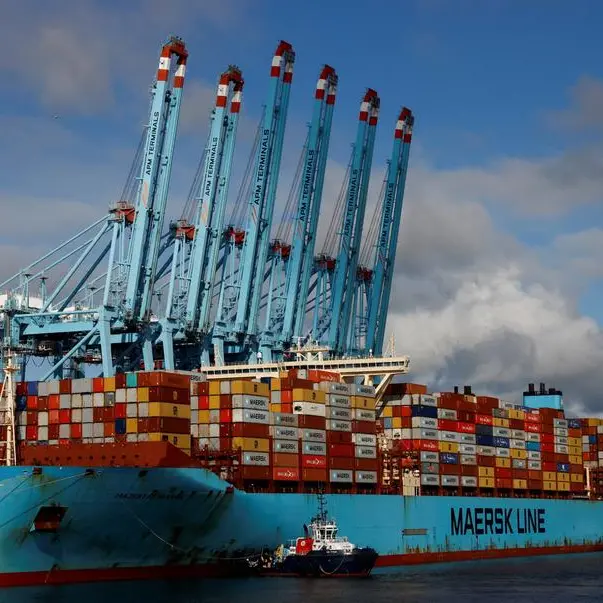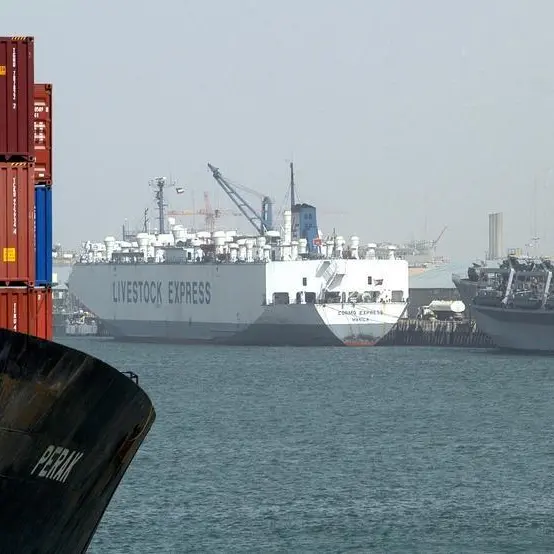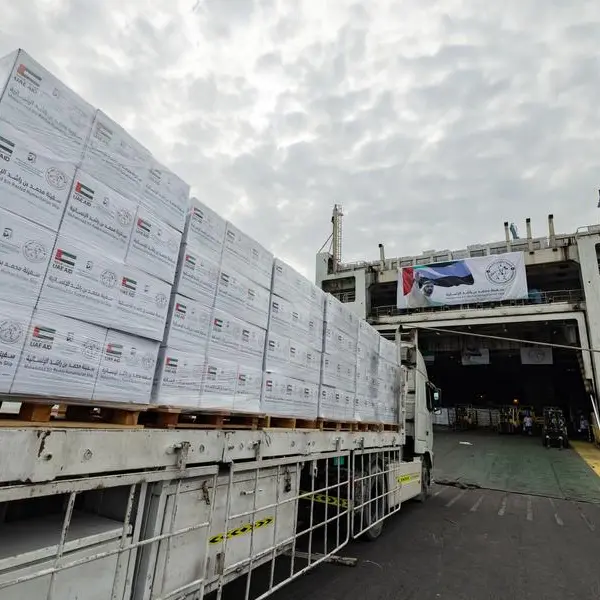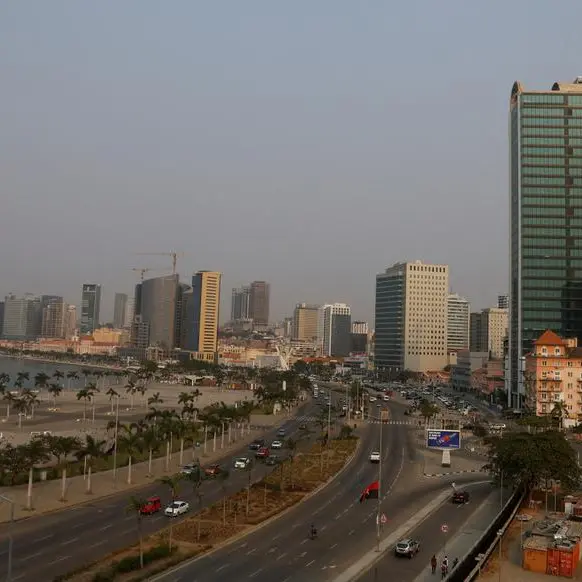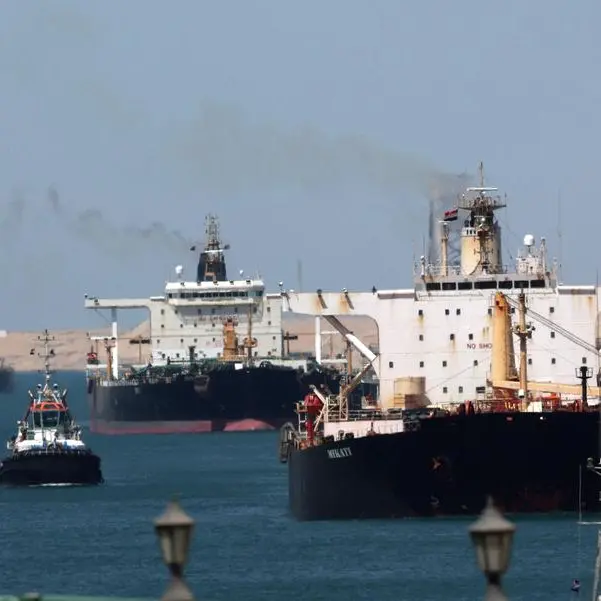PHOTO
Worldwide air cargo demand was up by 13% in the first two months of this year, compared with the equivalent period last year, with demand continuing to surge from Middle East & South Asia (MESA) origins. Tonnages also recovered from the normal Lunar New Year (LNY) seasonal dip, analysis by WorldACD Market Data reveals.
Preliminary figures for February indicate that air cargo tonnages were up 8%, year on year (YoY), although correcting for the extra day in February this year, the first 28 days of February were still up by 4% compared with February 2023, based on the more than 450,000 weekly transactions covered by WorldACD’s data.
That follows 17% higher tonnages in January, YoY, based on revised figures from WorldACD. But the variation in the timing of LNY each year – coming three weeks later this year on 10 February, compared with January 22 last year – tend to make single-month comparisons complicated in the first two months, with combined two-month comparisons usually more meaningful. Combined figures for January and February 2024 show a 13% increase in tonnages this year compared with the equivalent two-month period last year, or 11% if the extra leap-year day is excluded.
Patterns similar
Many of the patterns so far this year are similar to those of last year, although delayed by three weeks because of the later LNY, and with demand somewhat stronger this year than in the equivalent weeks last year. Like last year, three weeks on from LNY, demand has more or less recovered from the post-LNY dip, including from the key Asia Pacific origin region.
Looking specifically at the last full week, total worldwide tonnages were up 2% in week 9 (26 February to 3 March), compared with the previous week, following a 13% rebound in week 8. That followed declines of -11% and -10% the previous two weeks, immediately before and after LNY.
Two-week comparisons
Expanding the comparison period to two weeks, tonnages in weeks 8 and 9 are up by 7% compared with the previous two weeks (2Wo2W), driven mainly by a post-LNY rebound in demand from Asia Pacific, where tonnages were up by 15%.
Asia Pacific to Europe traffic and Asia Pacific to North America traffic rose by 3%, but intra-Asia Pacific (origin Asia Pacific to other Asia Pacific destinations) traffic saw a 44% recovery in weeks 8 and 9, compared with the combined tonnages in weeks 6 and 7, broadly mirroring last year’s patterns.
Intra-Asia Pacific traffic tends to fall more sharply in the lead up to LNY and recover more rapidly after LNY. That strong recovery in intra-Asia Pacific traffic helped bring origin Asia Pacific tonnages 3% higher in weeks 8 and 9 than this time last year.
Other intercontinental routes seeing strong rebounds in tonnages, on a 2Wo2W basis, included inbound traffic to Asia Pacific from Europe (21%), from Middle East & South Asia (MESA) (16%), and from North America (8%).
YoY comparisons
As one begins to move clear of the complications of New Year, LNY, and Valentine’s Day, year-on-year comparisons become more meaningful again, and particularly highlight one big change this year compared with this time last year.
Tonnages from origin region Middle East & South Asia (MESA) remain up significantly, YoY, in weeks 8 and 9 (22%), YoY, as key Asia-Europe sea-air hubs continue to record a surge in tonnages, linked to the disruptions to container shipping in the Red Sea.
Compared with the previous two weeks, tonnages ex-MESA are up by 3%, although week-on-week (WoW) there is a slight softening in chargeable weight that could be explained by a post-LNY (relative) weakening of air cargo demand. But given the current worsening situation in the Red Sea, it is likely that this trend – of elevated demand for Asia-Europe sea-air services and tonnages ex-MESA – will continue, to some extent.
Asia-Europe sea-air hubs
Asia-Europe sea-air hubs such as Dubai, Colombo and Bangkok have in recent weeks experienced exceptionally high air cargo demand.
Dubai-Europe air cargo traffic in week 9 remains at more than double (154%) its level this time last year. But week-on-week (WoW), tonnages in week 9 are -23% below their level in week 8, suggesting a possible softening in demand.
Colombo-Europe demand shows a similar pattern, with tonnages in week 9 around 35% up, YoY, but well down on the 80% figures of the previous three weeks. And Colombo-Europe tonnages in week 9 were -42% below those in week 8, also suggesting a softening in demand. Bangkok-Europe patterns are slightly different, with tonnages in week 9 up 32%, YoY, and holding firm (2%) against those of the previous week.
Rates ex-Colombo are up significantly (36% in week 9), YoY, whereas they are down slightly ex-Dubai (-3%) and ex-Bangkok (-13%).
Global pricing perspective
Globally, average rates of $2.27 per kilo in week 9 are -16% below their levels this time last year, with rates ex-Europe and ex-North America down by -29% and -20%, respectively, and prices ex-Asia down by -12%, while rates ex-MESA are up by 13%, YoY – the only origin region to record increased pricing. Compared with the previous two weeks, rates ex-MESA are up, by 7%.
Average global rates remain significantly above pre-Covid levels (27% compared to February 2019). And overall worldwide air cargo capacity remains significantly up on last year’s levels (9%), most notably ex-Asia Pacific (14%) and ex-Central & South America (14%).
Copyright 2022 Al Hilal Publishing and Marketing Group Provided by SyndiGate Media Inc. (Syndigate.info).
